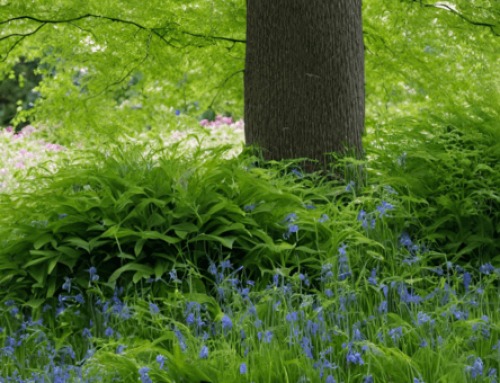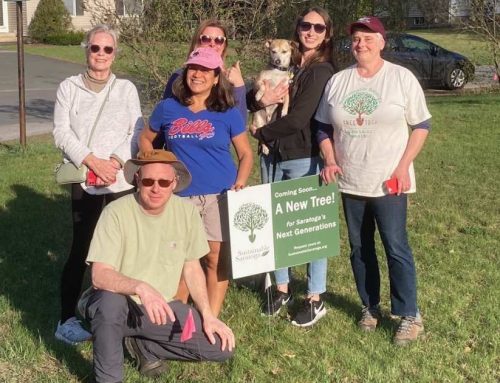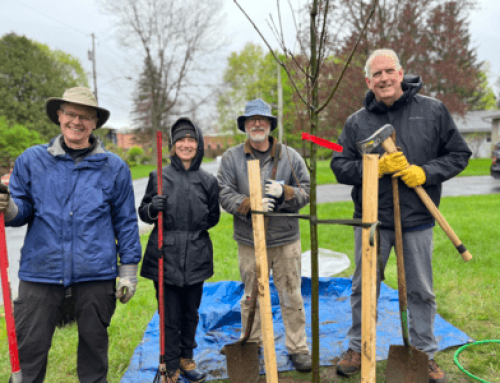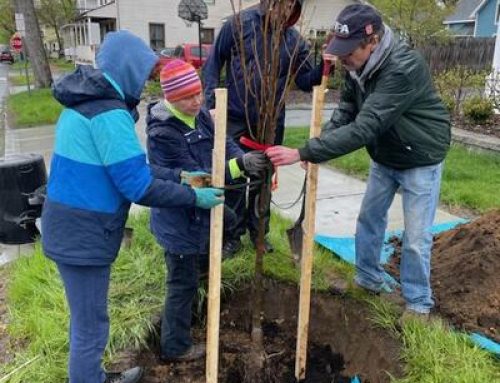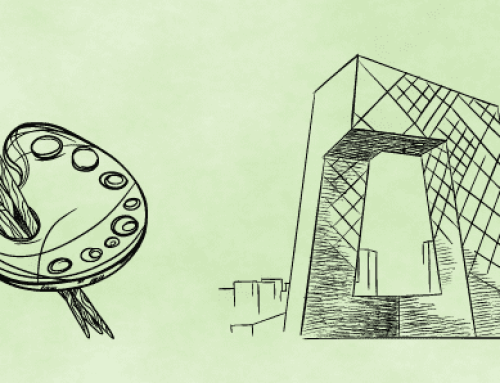
Diane is a member of The Climate Reality Project: Capital Region, NY Chapter
Litter. It doesn’t sound so bad, does it? It sounds misguided, inconsequential, like an innocent error. The same way “puddle” sounds like, maybe getting my shoes wet, but nothing more severe. Words shape the way we think and how we act. For me, the word “litter” no longer describes what lines our roadways. The garbage has become too numerous, too repetitious and too harmful. It’s time we call litter what it is: pollution. Unlike litter, pollution has recognizable consequences. It contaminates the water, soil and air. We must think and act differently to solve the problem.
I returned to upstate New York late in 2019, my career having taken me other places for several years. Walking and running the rural roads around my home, I was surprised by the garbage I saw. Food packaging, cans and bottles lay in large groups along the road and in the drain water. It wasn’t only the number of items that struck me. It was the incongruity of some of them – large pieces of Styrofoam, clothing, even a television.
Wanting to better understand the problem, I decided to collect and catalog the pollution lining the road in front of my home. Fourteen houses set along the road that is just shy of a mile long. It climbs up and over a hill connecting two country highways that carry a fair number of local residents to and from work each day.
On my first day, I set out with a plastic bag, rubber gloves, and outdoor fireplace tongs (my de facto garbage grabber), for what I thought would be a single session of clean up duty. Three days later, I finished. By the third session, I admit I was reluctant to resume. My collection effort was not a joyful or rewarding experience. It was heartbreaking. I was disappointed in those who threw these items out their car windows. But there was a deeper reflective process taking place too. As the number of items I collected grew, I kept asking myself two questions: How had I been missing all this? And, more importantly, if we can’t solve the environmental challenges we have been fighting for decades, how can we come together to solve the greater challenge of climate change?
I collected 145 items in less than a mile. Approximately one item every ten yards. Some items I reclaimed had been laying in their spot for so long that they were becoming part of their environment, enmeshed in the soil and old plant growth. A car bumper stands out as the largest example of this. I noticed it only because of its factory red color. Most of it was buried and I had to dig to discover what it was and remove it.
Recovering Styrofoam from drain water was a lesson in all that is wrong with roadside pollution. Saturated, much of it had already begun to break apart. It was hard to capture and when I finally managed to do so, it would break apart further. Tiny pellets evaded my frantic fingers. I could just imagine the trusting fish downstream ingesting the pellets thinking they were food. I wondered if I should have left well enough alone.
With the collection complete, I turned to cataloging. I divided the items into seven major categories and further refined those into sub-categories. I recorded the material from which each was made. I noted whether the item was recyclable, and if so by what method: Curbside, Deposit or Drop Off (e.g. returning plastic bags to the grocery store).

Litter collected along the roadside.

A can hiding under the leaves.

Plastic wrapping was common.

Photo of the litter collected along less than one mile of road.
Findings:
- 91% were single use items.
- 56% could have been recycled, most via curbside pickup.
- 61% were related to food consumption.
- 45% were beverage cans, bottles and cups.
- 11% were from fast food outlets. McDonalds accounted for more than half of these items.
- 51% of the items were made wholly, or in part, of plastic.
- 9% were plastic bags
- 10% of the items were too small, or too degraded, to identify.
Prior to coming home I was leading the same fast paced life many of us do. I was missing what was happening outside my door. I see it now. I often find that when I feel I am discovering something, I am not unique. Others are doing the same. That may be true here. Recently, I noticed a neighbor cleaning up roadsides. Another has posted a sign that asks, “Please Don’t Litter.” Maybe we are just local examples of a larger epiphany. I hope so.
Collection and messaging can be effective in combating roadside pollution. However, they can’t be the only approach to solving the broader problem. Our single use culture generates too much waste. Waste and recycling systems are overwhelmed. We need a comprehensive solution targeted at the true source, the producers.
Here in New York State, our government leaders are taking some steps in the right direction. Several pieces of legislation were recently passed:
- Effective this year, any business or person required to collect NYS sales tax is prohibited from offering plastic bags for customer purchases. Currently the state uses 23 billion plastic bags per year.
- A ban on Styrofoam will go into effect in New York state in 2022. It covers all single use food containers distributed by restaurants, caterers, food trucks, retail food stores, delis and grocery stores. The law also bans Styrofoam packing peanuts.
- While not yet passed, there is a New York State bill (S2129A/A5028A) that would amend the state’s bottle redemption process. It would expand the types of bottles covered to include non-carbonated soft drinks and fruit and vegetable beverages, carbonated fruit beverages, coffee and tea beverages, wine, liquor, wine coolers and cider.
- At the national level, the Break Free From Plastic Pollution Act of 2020 has been introduced (S.3263/H.R.5845). This bill would make producers fiscally responsible for collecting, managing, and recycling many single use products after consumer use (e.g. beverage and food service containers).
Applying these laws and proposed bills to my collection project, could have a noticeable impact. Had the NYS elements been in effect at the time, it may have reduced the total number of items I collected by 33 (23%). The national bill would have an even more substantial impact.
As individuals, what can we do? We can have an impact on roadside and other forms of pollution. Pick one of the following and start doing it today! Add another after the first action becomes your habit:
- Call litter what it really is – Pollution!
- Keep a trash container in your car.
- Stop, or cut back on buying drinks in single use containers.
- Make coffee at home and use a travel cup.
- Learn more about plastic pollution at https://beyondplastics.org.
- Stay abreast of government activity to stop pollution. Let your representatives know what you think.

Litter often ends up in our rivers and other waterways. This is Little Snake Creek, where the drain water from our road is directed. From here, the water merges into the Susquehanna River, ultimately bound for Chesapeake Bay. You can help keep litter out of our waterways.

